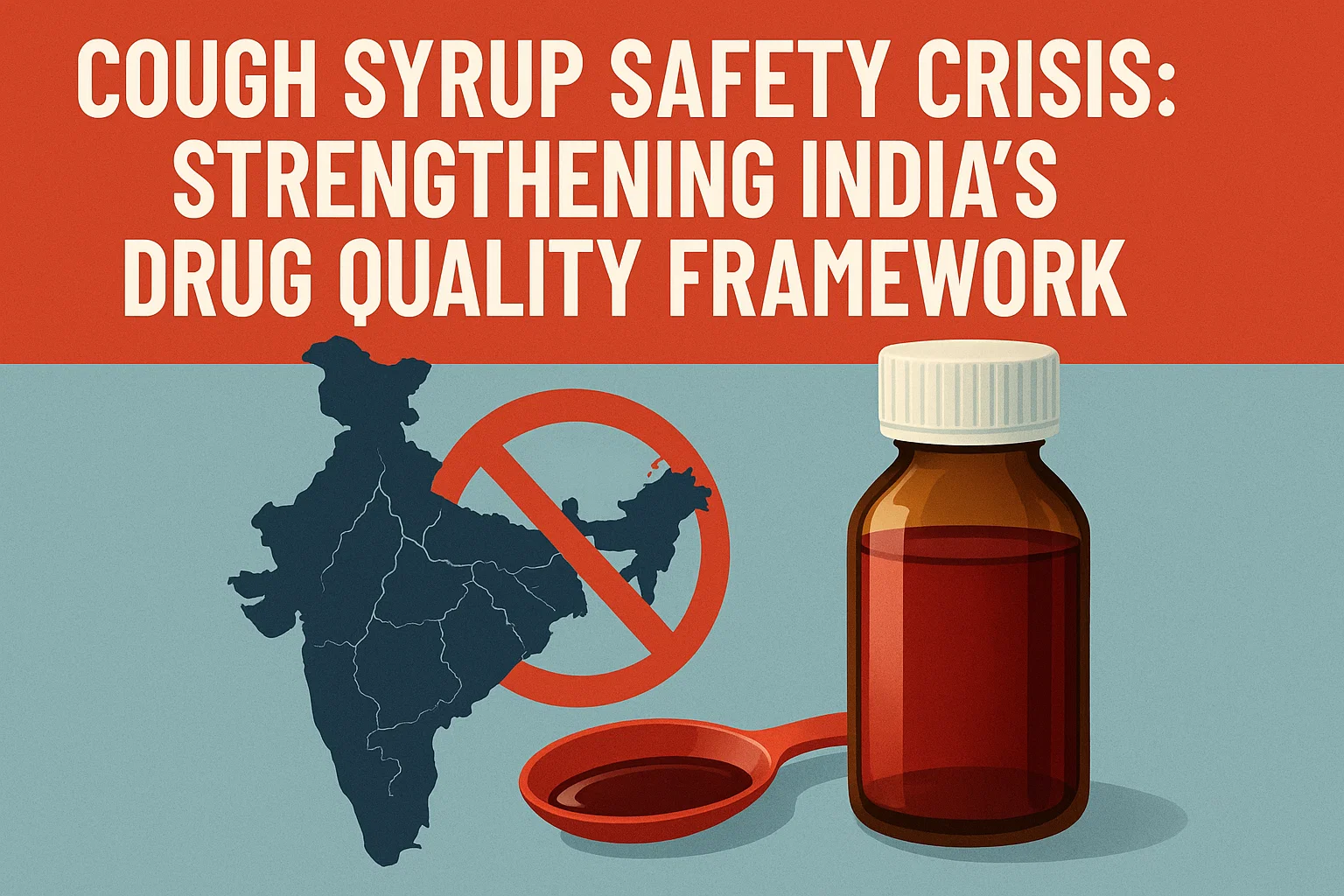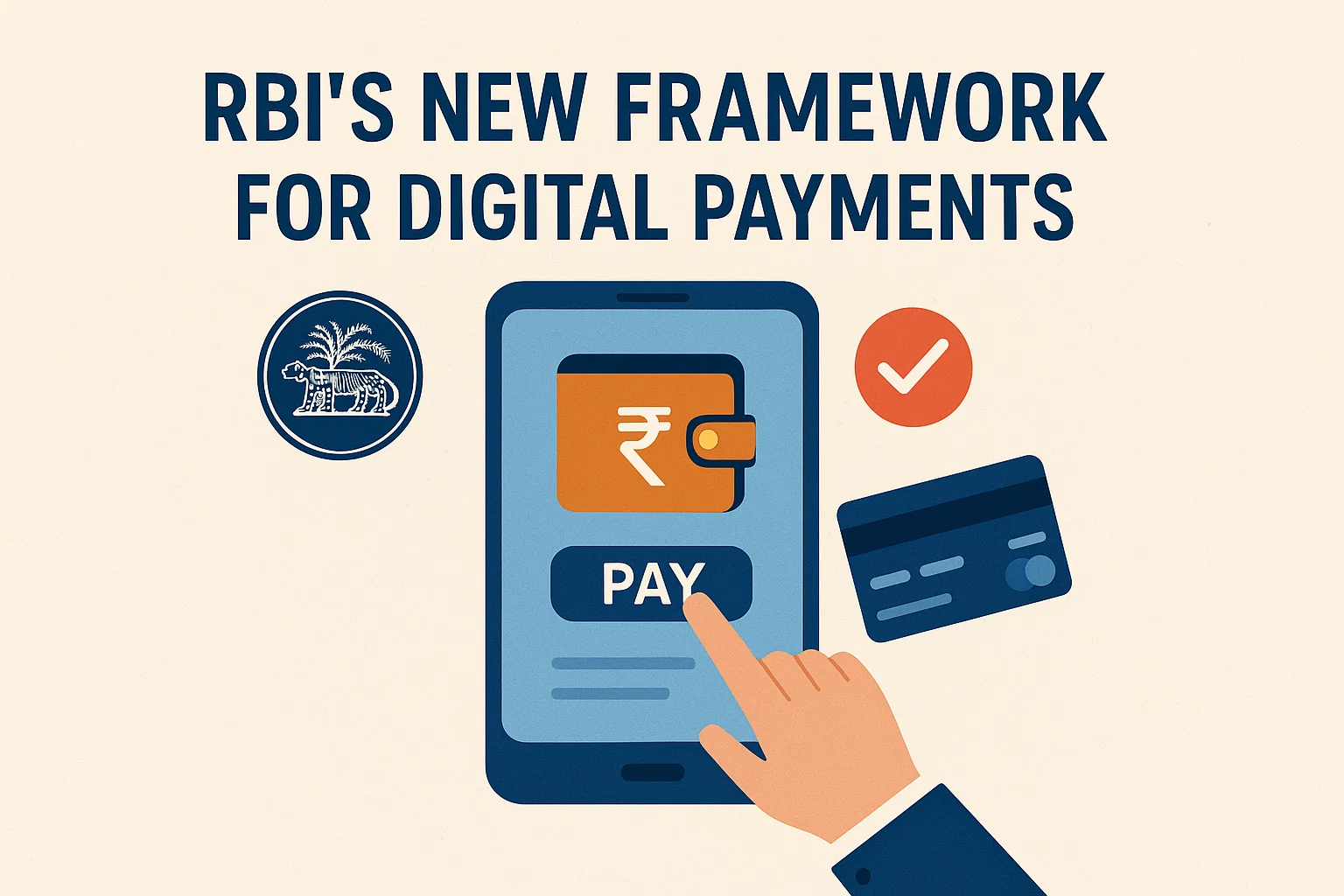Font size:
Print
India-EU FTA Talks
India-EU Free Trade Agreement: Obstacles, Opportunities, and the Road Ahead
Context: India and the European Union (EU) are accelerating negotiations toward a long-awaited Free Trade Agreement (FTA), following EU President Ursula von der Leyen’s high-profile visit to New Delhi on February 27–28, 2025.
More on News
- Accompanied by 22 of the 27 European Commissioners, her visit underscored the growing urgency and strategic importance of finalising the India-EU FTA by the end of 2025.
- While discussions are advancing across trade, digital economy, defence, and sustainability, critical sticking points remain — particularly around tariffs, services, and climate regulations.
Why the India-EU FTA Matters
- Evolved Relations: The India-EU relationship has evolved significantly since FTA talks were first launched in 2007.
- Trade: Bilateral trade reached an impressive US$137.41 billion in FY 2023-24, making the EU as India’s largest trading partner.
- Services trade too saw robust growth, hitting US$59 billion in 2023, while more than 6,000 European companies now operate in India.
- Stalled Negotiations: However, negotiations stalled in 2013 due to major differences in ambition and market priorities.
- Since then, the global economic landscape has changed dramatically, reigniting interest in forging a comprehensive and mutually beneficial trade pact.
Key Roadblocks in the FTA Negotiations
- Agricultural and Dairy Tariffs: Agriculture remains a politically sensitive sector for India, which maintains high tariffs—up to 39%—to protect the livelihoods of millions of small farmers.
- In contrast, the EU, where agriculture accounts for a smaller share of the population, seeks greater market access for its food and dairy exports.
- Calls by European leaders, including Germany’s Robert Habeck, to exclude agriculture from the FTA highlight the scale of the impasse.
- Services and Digital Trade: India, with its highly skilled workforce, is pushing for liberalisation in services under WTO’s GATS Modes 1 and 4.
- This includes demands for mutual recognition of professional qualifications and changes to EU visa and salary thresholds that hinder the mobility of Indian professionals.
- Additionally, India’s request for ‘data secure’ status under the EU’s GDPR remains unfulfilled, increasing compliance costs for Indian IT firms and restricting digital services trade.
- Carbon Border Adjustment Mechanism (CBAM): The EU’s CBAM, a levy on carbon-intensive imports like steel, cement, and aluminium, is a major concern for India.
- With Indian steel exports to the EU valued at US$6.64 billion in FY 2023–24, CBAM threatens export competitiveness.
Navigating the CBAM and Non-Tariff Barriers
- Carbon Pricing: To mitigate CBAM’s impact, European officials have suggested carbon pricing mechanisms similar to Argentina’s US$10 per tonne carbon tax.
- However, for developing nations like India, introducing such policies could face strong public resistance due to high marginal costs.
- Cooperative Climate Measure: Experts recommend reframing CBAM as a cooperative climate measure with expanded exemptions and redistributive mechanisms to support green transitions in the Global South.
- Other Challenges: Beyond CBAM, other non-tariff and traditional tariff barriers continue to stall progress.
- India’s high average tariffs—among the world’s steepest—remain a sore point for the EU.
- Meanwhile, EU demands for greater openness in public procurement and labour standards add to the complexities.
- Drawing lessons from the EU’s FTAs with Vietnam and Singapore, sectoral exclusions and phased liberalisation may offer a pragmatic path forward.
Future Outlook: Lessons from the India-UK FTA
- The India-UK FTA includes tariff reductions on 90% of goods and addresses several overlapping issues such as digital trade and regulatory cooperation.
- These provisions could act as a blueprint for India-EU negotiations, encouraging a results-driven approach that balances ambition with flexibility.
Despite a complex web of issues, momentum behind the India-EU FTA is stronger than ever. Strategic imperatives are pushing both sides toward compromise. If contentious areas like agriculture and sustainability can be strategically sidelined or phased in, the long-pending deal could finally materialise.



